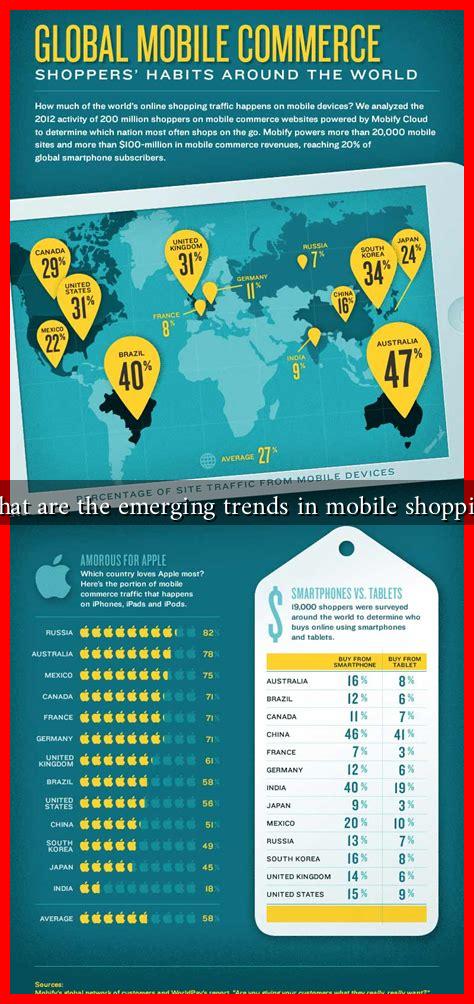-
Table of Contents
Emerging Trends in Mobile Shopping
As technology continues to evolve, so does the landscape of mobile shopping. With the proliferation of smartphones and the increasing reliance on digital platforms, consumers are shifting their shopping habits towards mobile devices. This article explores the emerging trends in mobile shopping, highlighting the innovations and changes that are shaping the future of retail.
The Rise of Mobile Commerce
Mobile commerce, or m-commerce, has seen exponential growth in recent years. According to a report by Statista, mobile e-commerce sales are projected to reach $3.56 trillion by 2021, accounting for 72.9% of total e-commerce sales. This trend is driven by several factors:
- Increased Smartphone Penetration: With over 3.8 billion smartphone users globally, the accessibility of mobile devices has made shopping more convenient.
- Improved Mobile Connectivity: The expansion of 4G and 5G networks has enhanced mobile internet speeds, allowing for smoother shopping experiences.
- Consumer Behavior Shifts: The pandemic has accelerated the shift towards online shopping, with many consumers preferring the convenience of mobile apps and websites.
Personalization and AI Integration
Personalization is becoming a cornerstone of mobile shopping experiences. Retailers are leveraging artificial intelligence (AI) to analyze consumer behavior and preferences, enabling them to offer tailored recommendations. For instance, Amazon uses AI algorithms to suggest products based on users’ browsing history and purchase patterns.
Moreover, chatbots and virtual assistants are enhancing customer service on mobile platforms. Brands like Sephora and H&M have implemented AI-driven chatbots that assist customers in finding products, answering queries, and even providing style advice.
Augmented Reality (AR) and Virtual Reality (VR)
Augmented reality and virtual reality technologies are revolutionizing the way consumers interact with products. AR allows shoppers to visualize products in their own environment before making a purchase. For example, IKEA’s mobile app enables users to see how furniture would look in their homes using AR technology.
Similarly, VR is being used to create immersive shopping experiences. Retailers like Lowe’s have developed VR applications that allow customers to navigate virtual showrooms, providing a unique way to explore products without leaving home.
Social Commerce: The New Frontier
Social media platforms are increasingly becoming shopping destinations. With features like Instagram Shopping and Facebook Marketplace, brands can directly sell products through their social media profiles. This trend is particularly popular among younger consumers who prefer to discover products through social media influencers and peer recommendations.
According to a survey by eMarketer, social commerce sales in the U.S. are expected to reach $36.09 billion by 2021, highlighting the growing importance of social media in the retail landscape.
Mobile Wallets and Contactless Payments
The adoption of mobile wallets and contactless payment methods is another significant trend in mobile shopping. Services like Apple Pay, Google Pay, and Samsung Pay allow consumers to make secure transactions with just a tap of their smartphones. This convenience is particularly appealing in a post-pandemic world where contactless transactions are preferred for health and safety reasons.
According to a report by Juniper Research, the number of mobile wallet users is expected to surpass 1.3 billion by 2024, indicating a strong shift towards digital payment solutions.
Conclusion
The future of mobile shopping is bright, driven by technological advancements and changing consumer preferences. As mobile commerce continues to grow, retailers must adapt to these emerging trends to stay competitive. Personalization through AI, the integration of AR and VR, the rise of social commerce, and the adoption of mobile wallets are just a few of the trends shaping the mobile shopping experience.
In summary, businesses that embrace these innovations will not only enhance customer satisfaction but also drive sales and loyalty in an increasingly digital marketplace. As we move forward, staying attuned to these trends will be crucial for retailers aiming to thrive in the mobile shopping era.
For more insights on mobile shopping trends, visit Statista.


